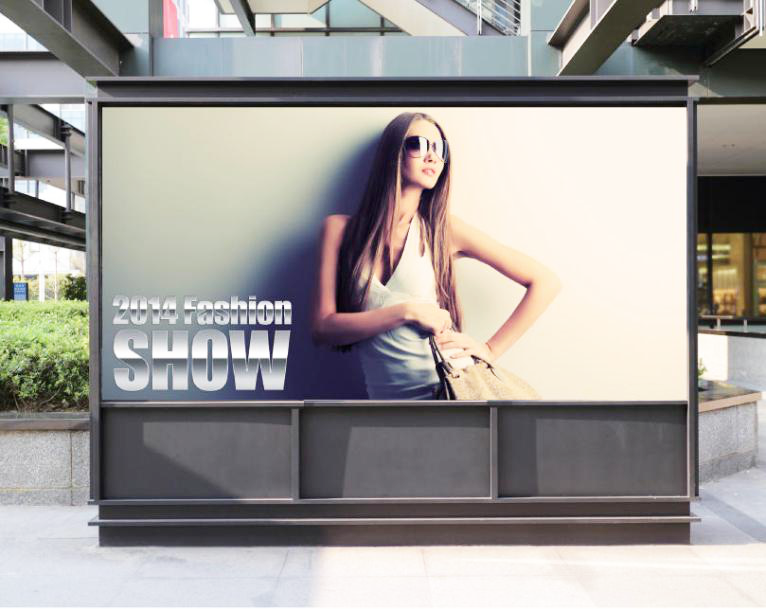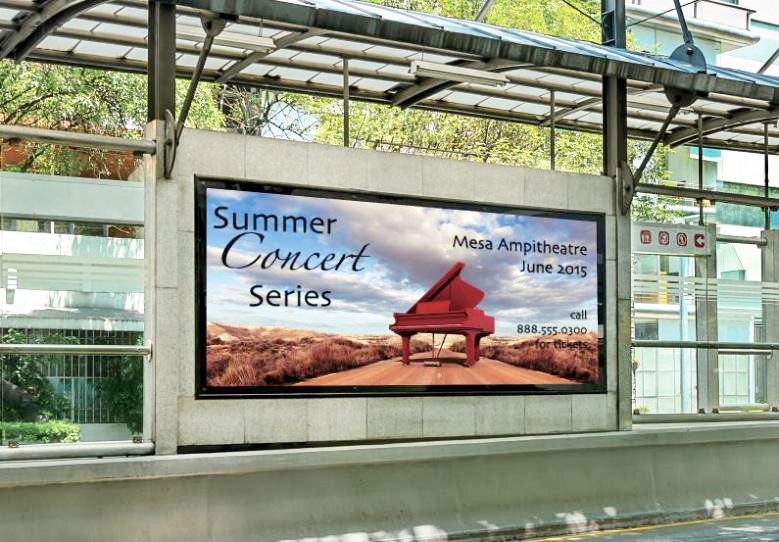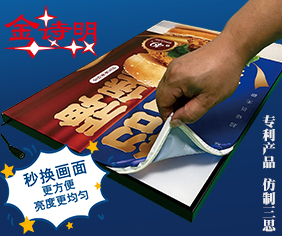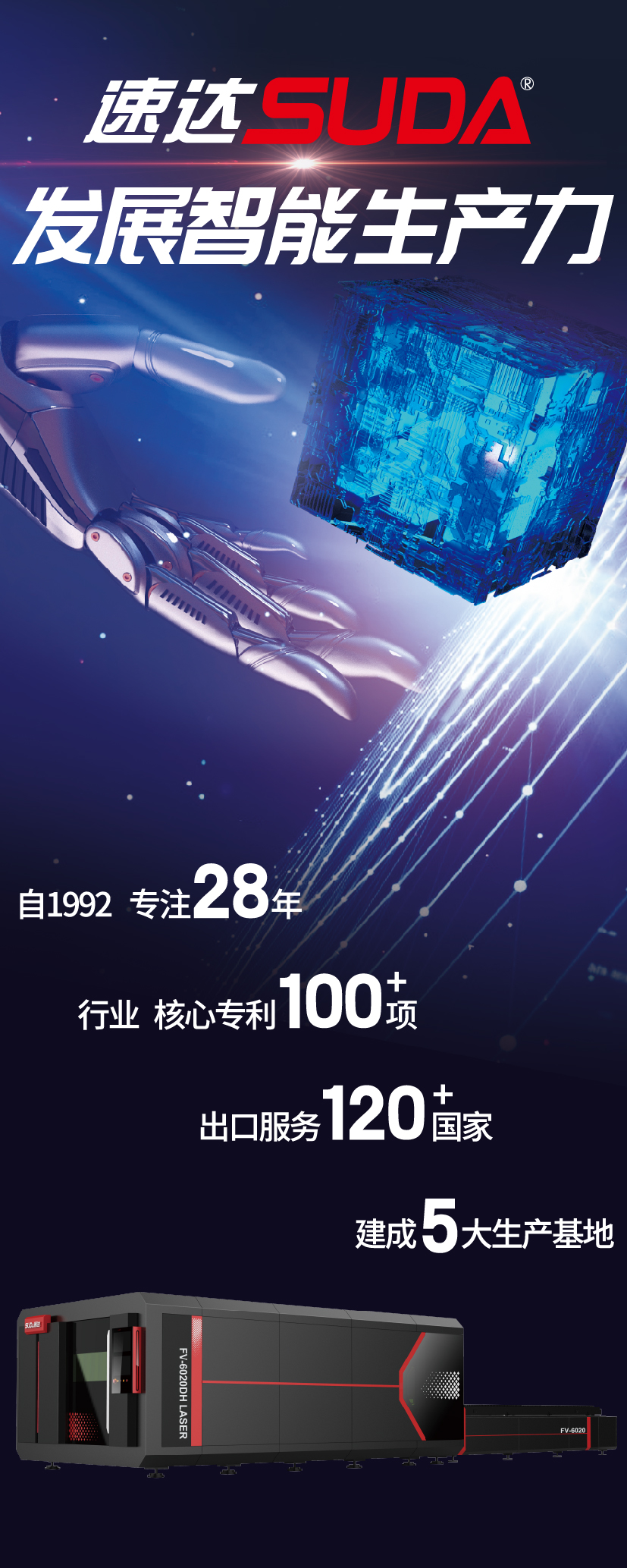
Graphics and sign makers with their eyes on bigger projects have likely wondered what it might take to step into the heavyweight category and be able to tackle the biggest of jobs, from museum graphics to advertising images that cover entire building facades.
当标识制造商有能力胜任更多的项目时,他们开始将目光投向更大的潜在市场,他们想知道如何才能跨入重量级别的领域,进行一些像制作博物馆的标识,到覆盖整个建筑立面的广告图像等类似的大型工程。
The grand-format world, a general category for multi-format printed output exceeding 96 inches, does indeed offer a variety of potential markets for an enterprising sign company. That includes the potentially lucrative world of large indoor backlit signage, the kind seen at airports or other public buildings, as well as soft signage for trade shows, or even a wide variety of P.O.P. signage for retailers.
大幅面打印是超过96英寸、多格式打印产品的一个大类别,能为一个有远见意识的标识制造商提供各种潜在市场,包括大型的室内背光标牌(在机场或其他公共建筑中看到的那种),以及应用于贸易展览的软标牌,甚至是各种各样P.O.P. 零售商的标牌。
The major obstacle, as many have discovered, is the cost-prohibitive nature of the equipment required to output such enormous imagery—sometimes requiring large and complicated printers in the half-million-dollar price range—not to mention the logistical issues of the handling the oversized paper or other printing substrates required to get the really big jobs done, as well as the difficulties of shipping and installing finished work with customers.
正如许多人所发现的那样,标识制造商应用大幅面打印机的主要障碍是,输出如此巨大的图像所需的成本非常高昂,有时需要大型复杂的打印机在五十万美元的价格范围,这还不包括一些后勤问题,超大尺寸的纸张或其他打印基材,运输和安装工作,以及与客户沟通的困难。

But Michael Maxwell, senior director of marketing for Mimaki USA’s sign and graphics division, says a range of new equipment is emerging that can more effectively and affordably allow smaller sign shops to get into the game, giving them opportunities to address some of the many grand-format markets.
但Mimaki图形部门的高级营销总监Michael Maxwell表示:“一系列新设备正在形成,它们能够更有效、更经济地帮助小型标识制造商进入大幅面打印市场,为他们提供更多的选择和机会。”
“In the past, these sorts of printers were usually large, expensive and took up a lot of square footage in the shop itself,” Maxwell says. “We’ve been able to do something with smaller real estate, creating a product that’s easily accessible, even if you’re only doing smaller-format output [44 to 54 inches] some of the time. It’s a way to try to bring that flexibility to a traditional sign shop.”
Michael Maxwell说:“过去,这类打印机机身很大,价格昂贵,在生产厂占用的面积较大。现在,我们做了一些尝试性的创新,创造出了一个容易获取性的产品,即使在一定的时间,也能做出小尺寸的输出(44到54英寸),也正因为这种小尺寸的输出品,也为传统标识制造商带来了灵活性的操作方法和解决方案。”
In Mimaki’s case, the new UJV55-320 is a 3.2-meter wide (128 inch) UV-LED printer that retails in the $100,000 to $150,000 range—not cheap, Maxwell says, but approachable and flexible enough to help a mid-sized sign shop finally be able to do work they might have had to outsource in the past to a bigger and better-equipped commercial printer. It’s also capable of running two 60-inch rolls simultaneously, each with different output.
Maxwell说:“在Mimaki的创新技术中,新型UJV55-320是一款3.2米宽(128英寸)的UV-LED打印机,零售价在10到15万美元不等,价格虽然不便宜,但是操作起来足够灵活,可以帮助中型标识制造商完成他们以前不能进行的外包工作。此外,它也能够同时运行两个60英寸的辊子,每个辊子都可以有不同的输出。”

“Most of our customer base already has an established background of potential clients, but they’ve had to turn down jobs,” he says. “People just need to wrap their minds around a product that’s less expensive—the market has been conditioned to think that it’s better if it costs more.”
Maxwell继续说道:“我们为我们的大部分客户群,对他们的潜在客户的背景进行了调研,发现他们不得不需要去发现新的商机,拓展业务模式。虽然,大部分群体习惯于认为成本越高产品就越好,但是,我们需要做到的是将这个概念转换到一个成本相对便宜的产品上。”
Once properly equipped, Maxwell says one of the biggest opportunities for using that grand-format capability is the booming trade show business, as sports, industry and entertainment shows keep expanding across the country. That includes retractable signs for trade show stands or even backlit fabrics, which are also gaining popularity.
Maxwell补充:“如果设备的功能性足够强大,使用这种大幅面能拓展相当多领域,因为体育、工业和娱乐行业在全国各地不断发展和壮大,都将应用到大幅面打印图形,包括可伸缩的展台标识等,甚至背光面料也越来越受欢迎。
“Trade show graphics offer a huge growth curve for traditional sign guys,” he says. “Inevitably something goes wrong when people are preparing for a show—something’s damaged or printed wrong—and they’ve always been at the mercy of whoever did the original printing. Now, a mom and pop business can step in do the fix. It’s also easier to produce and package—you’ve got lightweight output that doesn’t need huge tubes to ship, so you can fit it into UPS boxes. Even better, the end user can just simply replace the signs themselves.”
Maxwell说:“大幅面打印图形为传统标识制造商的发展提供了一个巨大的增长曲线。在有些情况下,当打印商与客户交接时,不可避免的总会出现一些问题,或是损坏,或是印刷错误,或是没有达到客户的满意程度。而现在,一种方案可以进行修复和解决,也可以有轻量级的输出,更好的是,最终用户可以简单地自行更换标牌。”
Nathan Collins, digital imaging specialist with Agfa Graphics, says another major market is the P.O.P. graphics world, as retailers are constantly changing and updating their signage to promote sales items and new products, meaning a seemingly endless need for new larger-format signs.
爱克发公司的数字成像专家Nathan Collins说:“大幅面打印应用的另一个主要市场是P.O.P. 图形,零售商不断地需要改变和更新他们的标牌,以促进销售项目和新产品的推广和宣传,这意味着对新的大幅面图形有着相当大的需求。
“P.O.P. is probably the biggest addressable market, as it can be handled by the smaller printers, and it’s an easy business to get into,” he says. “Consider that a company like 7-11 needs signs for every one of its locations. That’s a big market to address, and it’s all printed on specific substrates, like Coroplast or PVC, to make it weather-resistant.”
P.O.P. 可能是最大的可寻址市场,因为它可以由小型打印机处理。考虑像7-11这样的公司,每个位置都需要标识导视系统,这无疑是一个巨大的市场需求,而且这些大幅面打印图形都印在特定的基材上,如Coroplast或PVC,具有耐候性,能带动整个行业的发展。”

Agfa has some 17 different products in the grand-format range, including the new Jeti Mira 2.7-meter flatbed printer, which includes roll-to-roll options for flexible media output. That includes a “print and prepare” mode that allows pre-loading during operation to increase productivity.
爱克发拥有17种不同的大幅面打印产品,其中包括新型Jeti Mira 2.7米的平板打印机,拥有灵活性产品输出的卷到卷选项,和“打印和准备”模式,允许在操作过程中进行预加载,以提高生产力。
Collins says the key issue is to maintain output quality control, as those signs are going to be getting a lot of eyeballs and people will be viewing P.O.P. or trade show signage very closely. The good news, he says, is that a properly equipped sign shop can also be the go-to location for others in the sign community who don’t have the capability.
Collins说:“我们最在乎的问题是如何控制好产品的质量,高质量的设备才能输出高质量的产品,无论是在色域还是打印精准方面,才会有很细腻的体现,这将会吸引更多的眼球和焦点,人们将会看到P.O.P. 或贸易展示标牌的出色表现。所以说,一个设备齐全的标识制造商是在行业有竞争优势的基本条件。”
“I have one customer in Dallas who is able to do a lot of overflow work for other POP projects, so he’s able to keep busy,” he says. “There is a little difficulty with the seasonality of the trade show business—sometimes you’ll have days of overtime, and sometimes no business at all.”
Collins继续说:“我在达拉斯有一个客户,他在做POP项目时,总会溢出很多额外的工作,他并不是为了保持这种忙碌的状态去多做很多工作,而是会周全整个打印流程,保持与客户沟通,思虑客户所提出的每一个细节之处,这样才能提供与客户需求一致的产品。”
Once they’re bitten by the grand format bug, Maxwell says signmakers can also consider what it takes to tackle the really large jobs—building-sized wraps, or billboard-sized imagery—though the level of expertise required for installation alone can pose some additional issues.
Maxwell:“标识制造商除了解决被大幅面打印所困扰的问题之外,也需要考虑如何处理真正的大型工作,包括包广告牌大小的图像等,虽然单独安装所需的专业水平可能会造成一些 其他问题,但把握好打印质量是关键所在。”

“The billboard business is still a little tougher to break into as it’s very tightly controlled, but you might be able to find some opportunities in building wraps,” he says. “Down here in Atlanta, you’re seeing a lot more of those full-building facades along I-85, with ads for companies like Chick-fil-A. That’s a big source of revenue for landlords, and a good source of income for sign companies.”
在亚特兰大,你可以看到I-85公司的整个建筑外墙的标识,还有像Chick-fil-A公司的广告标牌,这是政府收入的重要来源,也是标识制造商的主要收入来源。大幅面打印商想要挖掘更多的潜在客户,首先要把握好设备的质量,抓好细节流程,除了能输出终端用户满意的产品外,还要在设计上做出吸引之处;再次就是,有些用户不知道能应用这种打印方案来制作他们想要的东西,所以大幅面打印商应该主动为潜在客户提供他们的设计解决方案,相互沟通。此外,大幅面打印商还可以与设计方、热转印方、打印输出方、裁切方进行联盟,整合资源,为客户提供一套完备缜密的服务。








